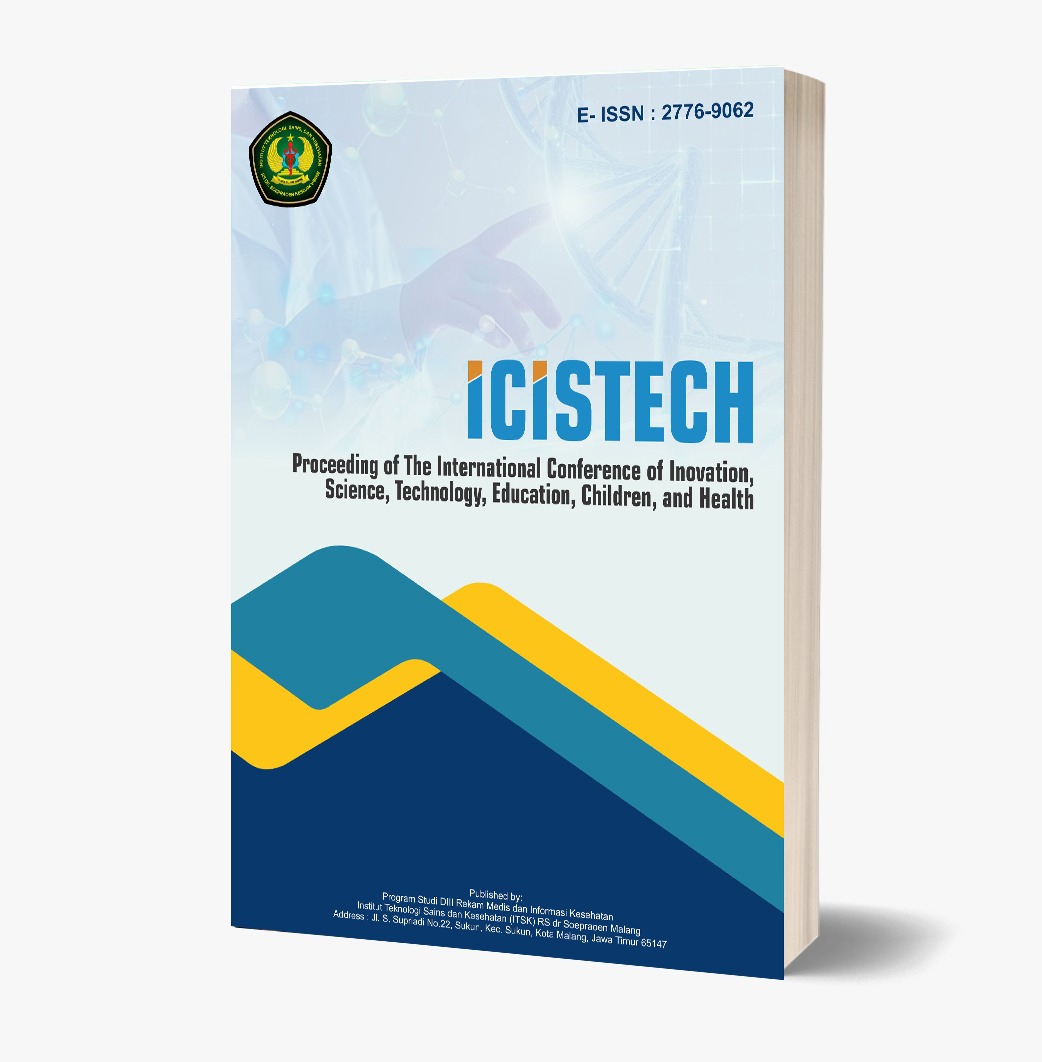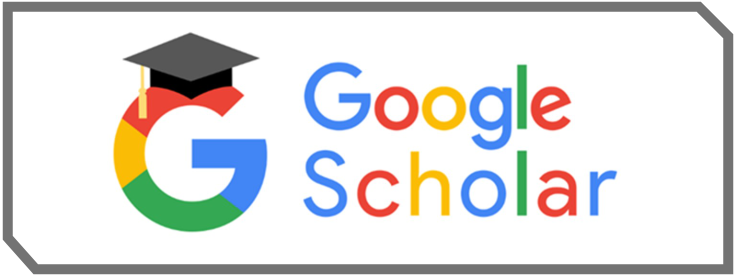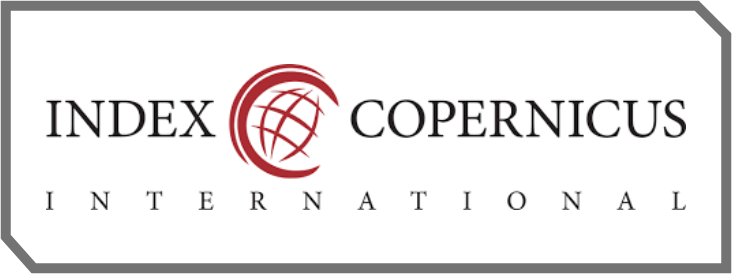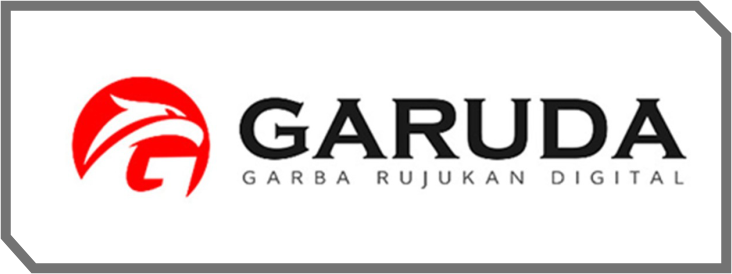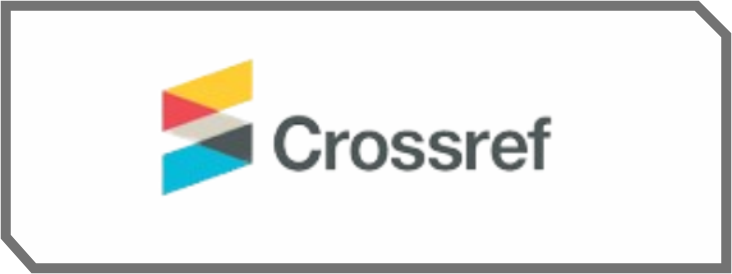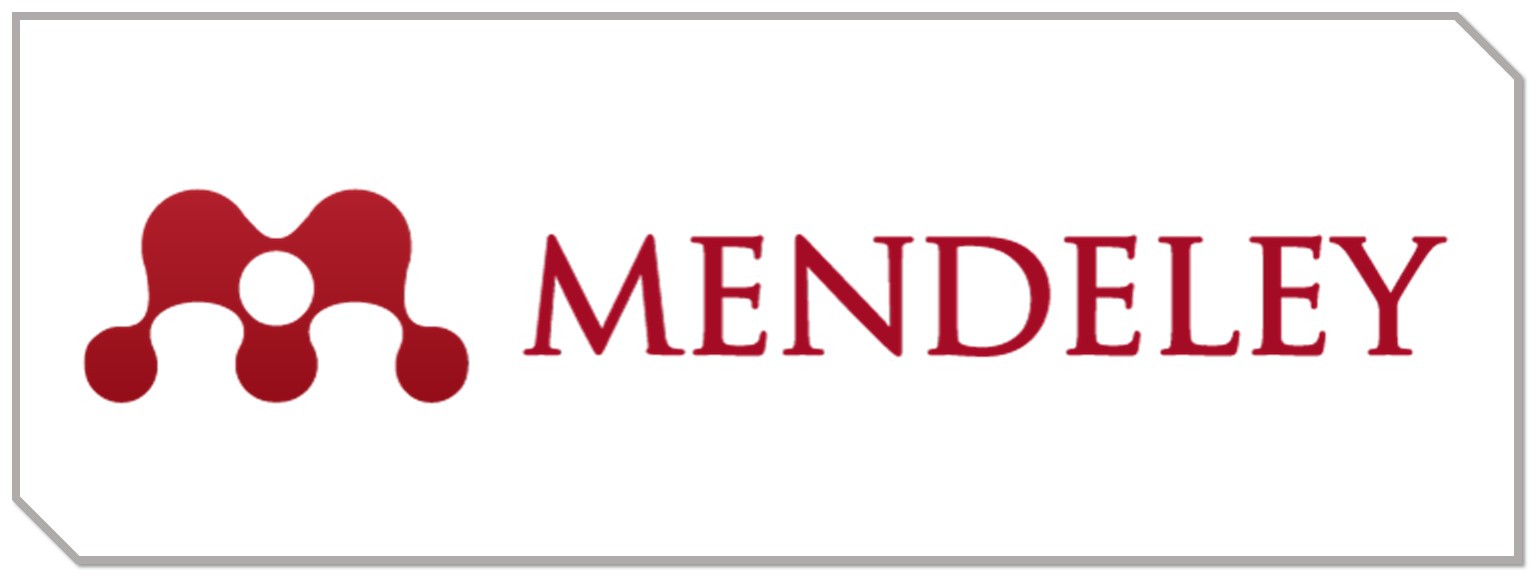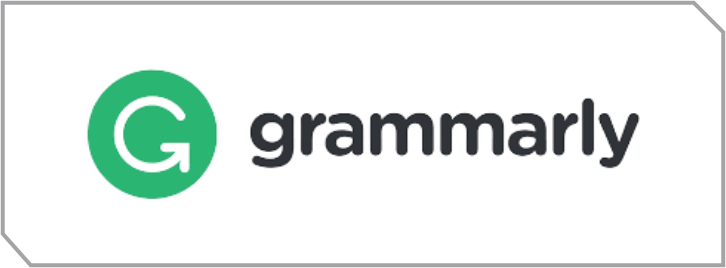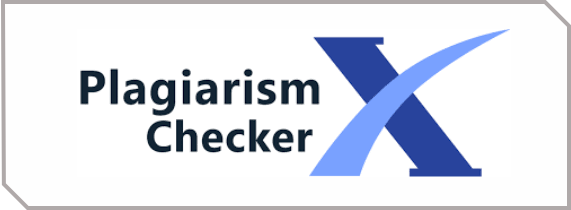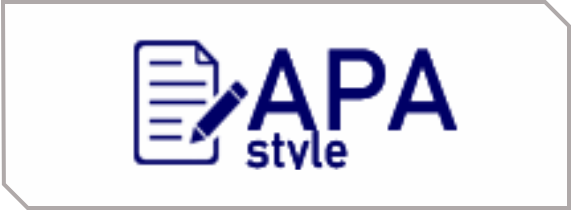Translanguaging Pedagogies in Digital Learning Environments: Fostering Multilingual Competence Among Generation Z Learners
DOI:
https://doi.org/10.62951/icistech.v5i1.268Keywords:
multimodal literacy, language pedagogy, multilingual competence, Generation Z, digital learning, translanguagingAbstract
This paper examines the implementation of translanguaging pedagogies within digital learning environments and their effectiveness in developing multilingual competence among Generation Z learners. Through a mixed-methods study involving 186 students and 14 educators across six higher education institutions, this research investigates how strategic integration of translanguaging practices in digital spaces supports linguistic flexibility, metalinguistic awareness, and cross-cultural competence. Findings reveal that digitally-mediated translanguaging approaches resulted in significant improvements in learners' willingness to communicate across languages (p<.01), metalinguistic awareness (p<.001), and cross-cultural communication efficacy (p<.01) compared to monolingual instructional approaches. The research further identifies five key digital translanguaging strategies that effectively leverage Generation Z's technological aptitude and multimodal literacy. This study contributes to the growing field of multilingual digital pedagogy by demonstrating how translanguaging can be systematically integrated into digital learning environments to foster linguistic repertoire expansion that aligns with the communicative needs of increasingly globalized contexts. The pedagogical framework presented offers practical guidance for educators seeking to implement translanguaging approaches in various digital learning modalities while accommodating Generation Z's learning preferences and multilingual development.
References
Androutsopoulos, J. (2019). Digitally mediated translanguaging: A perspective from multilingual media contexts. In J. MacSwan (Ed.), Multilingualism in the classroom: Beyond heritage and target languages (pp. 132–147). Routledge.
Braun, V., & Clarke, V. (2021). Thematic analysis: A practical guide. SAGE Publications.
Cenoz, J., & Gorter, D. (2020). Pedagogical translanguaging: An introduction. System, 92, 102–114.
Choi, J., & Ollerhead, S. (2023). Translanguaging in digital contexts: Emerging research and applications. International Journal of Multilingualism, 20(1), 123–141.
Concha, S., Palmer, D. K., & Grattan, K. (2023). Embodied translanguaging in virtual reality environments: New directions for language pedagogy. CALICO Journal, 40(1), 71–90.
Conteh, J. (2018). Translanguaging as pedagogy: A critical review. In A. Creese & A. Blackledge (Eds.), The Routledge handbook of language and superdiversity (pp. 473–487). Routledge.
Creswell, J. W., & Plano Clark, V. L. (2021). Designing and conducting mixed methods research (4th ed.). SAGE Publications.
Darvin, R., & Norton, B. (2020). Investment and motivation in language learning: What's the difference? Language Teaching, 53(4), 430–442.
Deloitte. (2022). The Deloitte global 2022 Gen Z and millennial survey. Deloitte Touche Tohmatsu Limited.
Dovchin, S. (2020). The psychological damages of linguistic racism and international students in Australia. International Journal of Bilingual Education and Bilingualism, 23(7), 804–818.
Fernández-Pacheco Sáez, M. L. (2022). Visual translanguaging in digital collaborative whiteboard environments. Language Learning & Technology, 26(1), 25–46.
Flores, N., & Chaparro, S. (2018). What counts as language education policy? Developing a materialist anti-racist approach to language activism. Language Policy, 17(3), 365–384.
García, O., & Li Wei. (2014). Translanguaging: Language, bilingualism and education. Palgrave Macmillan.
García, O., & Otheguy, R. (2020). Plurilingualism and translanguaging: Commonalities and divergences. International Journal of Bilingual Education and Bilingualism, 23(1), 17–35.
García, O., Johnson, S. I., & Seltzer, K. (2017). The translanguaging classroom: Leveraging student bilingualism for learning. Caslon.
Gee, J. P., & Hayes, E. R. (2022). Language and learning in the digital age (2nd ed.). Routledge.
Hampton, K. N., & Hrastinski, S. (2022). Contextual integrity and context collapse in Generation Z's digital communication. Journal of Computer-Mediated Communication, 27(3), 45–62.
Kusters, A., Spotti, M., Swanwick, R., & Tapio, E. (2017). Beyond languages, beyond modalities: Transforming the study of semiotic repertoires. International Journal of Multilingualism, 14(3), 219–232.
Li, S., & Zhu, Y. (2021). Translanguaging in a blended course: Design principles and implementation. ReCALL, 33(2), 142–159.
Li Wei. (2018). Translanguaging as a practical theory of language. Applied Linguistics, 39(1), 9–30.
Lin, A. M. Y. (2019). Theories of trans/languaging and trans-semiotizing: Implications for content-based education classrooms. International Journal of Bilingual Education and Bilingualism, 22(1), 5–16.
Luo, T., Freeman, C., & Stefaniak, J. (2021). Like, comment, and share: Collaborative annotation and social learning in digital spaces. Education and Information Technologies, 26(2), 2169–2188.
MacIntyre, P. D., Burns, C., & Jessome, A. (2021). Examining links between willingness to communicate across languages: A revised scale. Studies in Second Language Acquisition, 43(1), 118–140.
Martzoukou, K., Fulton, C., Kostagiolas, P., & Lavranos, C. (2021). A study of higher education students' self-perceived digital competences for learning and everyday life online participation. Journal of Documentation, 77(1), 229–252.
Marwick, A. E. (2021). Status update: Celebrity, publicity, and branding in the social media age (2nd ed.). Yale University Press.
Means, B., Bakia, M., & Murphy, R. (2023). Learning online: What research tells us about whether, when and how (2nd ed.). Routledge.
Mendoza, A., & Parba, J. (2019). Thwarted: Relinquishing educator beliefs to understand translanguaging from learners' point of view. International Journal of Multilingualism, 16(3), 270–285.
Moore, D., & Gajo, L. (2021). French immersion: Process, product, and perspectives (2nd ed.). Cambridge University Press.
Mora, R. A. (2021). Translanguaging in ELT: New approaches for a multilingual world. ELT Journal, 75(2), 214–217.
Murray, L., & Larsen, M. A. (2022). Beyond the digital native: Generation Z, digitally mediated language learning, and the role of agency. Journal of Computer Assisted Learning, 38(2), 519–533.
Norton, B. (2022). Identity, investment, and digital language learning. Annual Review of Applied Linguistics, 42, 17–31.
Oskoz, A., & Elola, I. (2022). Digital language learning spaces: Opportunities and challenges. Modern Language Journal, 106(S1), 7–25.
Otheguy, R., García, O., & Reid, W. (2015). Clarifying translanguaging and deconstructing named languages: A perspective from linguistics. Applied Linguistics Review, 6(3), 281–307.
Palviainen, Å., Burgess, S., & Tervala, T. (2023). Collaborative writing in digital settings: Translanguaging as discourse strategy. Applied Linguistics, 44(1), 112–131.
Prensky, M. (2021). Digital natives, digital immigrants (2nd ed.). Corwin.
Prinsloo, M. (2020). Digital technologies in language education: Issues of access and equity. In S. May (Ed.), The encyclopedia of language and education: Vol. 7. Language, education and technology (pp. 245–257). Springer.
Rivera, A. J., & Mazak, C. M. (2019). Developing a translanguaging attitude scale for higher education faculty. International Journal of Bilingual Education and Bilingualism, 22(7), 801–817.
Salomão, A. C. B. (2023). Digital inequalities in language education: Challenges and possibilities. ReCALL, 35(1), 23–39.
Schmidt, R. (2016). Attention, awareness, and individual differences in language learning. In W. M. Chan, S. K. Bhatt, M. Nagami, & I. Walker (Eds.), Perspectives on individual characteristics and foreign language education (pp. 27–50). De Gruyter Mouton.
Schreiber, B. R. (2021). Translanguaging in linguistically diverse higher education contexts. Journal of English for Academic Purposes, 53, 101033.
Seemiller, C., & Grace, M. (2019). Generation Z: A century in the making. Routledge.
Seltzer, K., & García, O. (2020). Broadening the view: Taking up a translanguaging pedagogy with culturally and linguistically diverse youth. Language Magazine, 19(5), 22–27.
Stein, P. (2021). Multimodality, multilingualism and the repatriating of literacy. International Journal of Multilingualism, 18(2), 263–278.
Swain, M. (2018). The output hypothesis: Just speaking and writing aren't enough. Canadian Modern Language Review, 50(1), 158–164.
Turner, A. (2022). Generation Z: Technology and social interest. Palgrave Macmillan.
van Lier, L. (2020). The ecology and semiotics of language learning: A sociocultural perspective. Educational Linguistics, 3, 101–119.
Vogel, S., & García, O. (2017). Translanguaging. In G. Noblit & L. Moll (Eds.), Oxford research encyclopedia of education. Oxford University Press.
Vogel, S., Ascenzi-Moreno, L., & García, O. (2022). Designing translanguaging for digital environments. Multilingual Matters.
Wang, S., & Crawford, K. (2023). Remote, hybrid, and HyFlex teaching and learning: A post-pandemic landscape. Educational Technology Research and Development, 71(1), 289–308.
Wang, Y., & Zheng, Y. (2022). AI translation in language apps: Pedagogical affordances for multilingual development. Language Learning & Technology, 26(3), 1–22.
Ware, P., & Hellmich, E. A. (2020). Fostering cross-cultural connections through virtual exchange: Telecollaboration, ethnolinguistic identity, and critical digital literacy. Foreign Language Annals, 53(4), 752–776.
Warriner, D. S., Fredricks, D. E., & Duran, C. S. (2020). Educational linguistics in multilingual contexts. Annual Review of Applied Linguistics, 40, 80–103.
Williams, C. (1994). Arfarniad o ddulliau dysgu ac addysgu yng nghyd-destun addysg uwchradd ddwyieithog [An evaluation of teaching and learning methods in the context of bilingual secondary education] (Unpublished doctoral dissertation). University of Wales.
Downloads
Published
How to Cite
Issue
Section
License
Copyright (c) 2025 Proceeding of The International Conference of Inovation, Science, Technology, Education, Children, and Health

This work is licensed under a Creative Commons Attribution-ShareAlike 4.0 International License.

